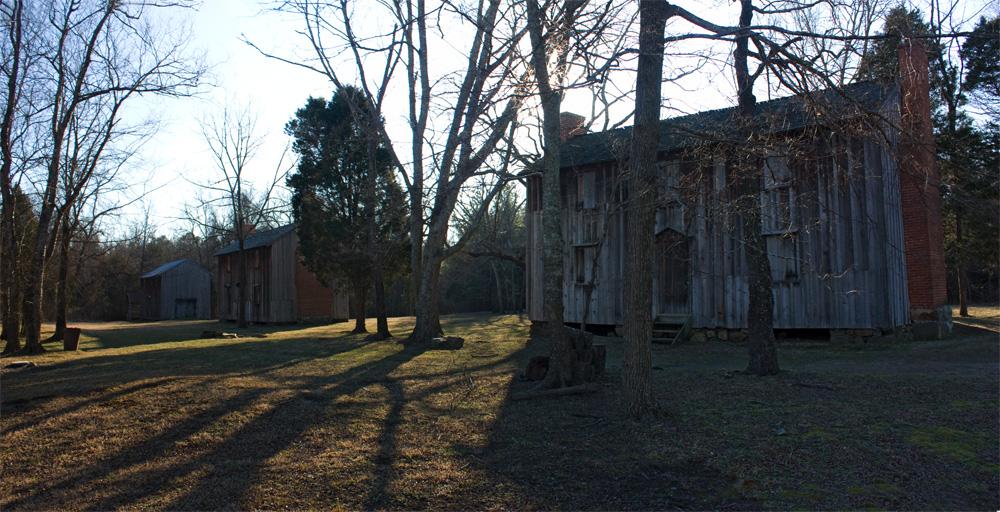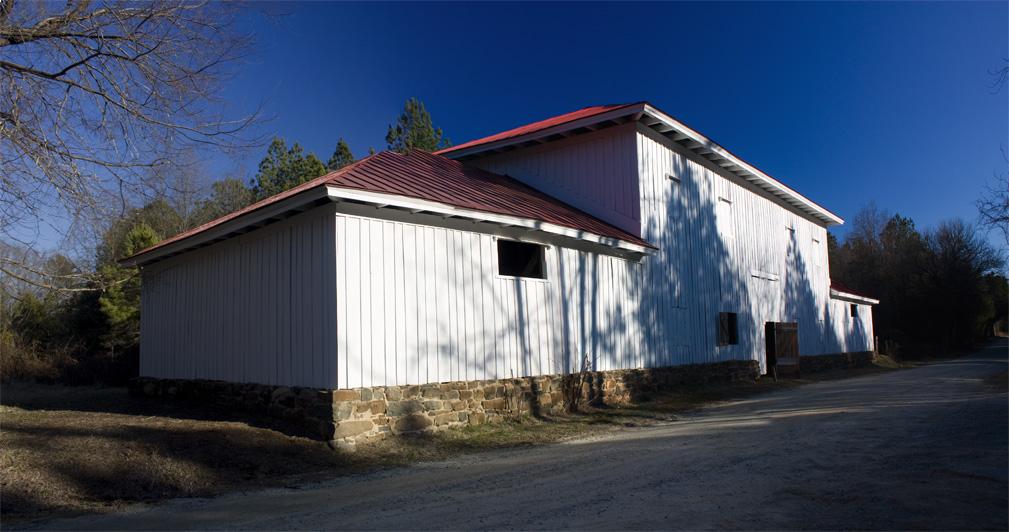Support OpenDurham.org
Preserve Durham's History with a Donation to Open Durham Today!
OpenDurham.org is dedicated to preserving and sharing the rich history of our community. Run by our parent nonprofit, Preservation Durham, the site requires routine maintenance and upgrades. We do not ask for support often (and you can check the box to "hide this message" in the future), but today, we're asking you to chip in with a donation toward annual maintenance of the site. Your support allows us to maintain this valuable resource, expand our archives, and keep the history of Durham accessible to everyone.
Every contribution, big or small, makes a difference and makes you a member of Preservation Durham. Help us keep Durham's history alive for future generations.



Comments
Submitted by Steve (not verified) on Fri, 2/27/2009 - 8:40pm
I remembeber when I toured Stagville with a group of my students being dumbstruck by the completion date of the barn: 1860. The guide pointed out to the group how much the shock of the Civil War must have been; to have invested this much time and money in building this mammoth structure just a year before the war began.
Submitted by Steve (not verified) on Fri, 2/27/2009 - 8:41pm
Yikes - remember.
Submitted by Michael Bacon (not verified) on Fri, 2/27/2009 - 11:40pm
I'll go out on a limb and say that Horton Grove is perhaps the second most historically significant site in Durham County -- after Bennett Place. I can't recommend visiting there enough. While Cameron probably did some of the design, they're pretty certain that most of the buildings were actually designed by enslaved architects and craftsmen.
The Horton Grove dwellings were so well made that they were occupied as residences into the 1950's, if I recall correctly.
I posted this in the Stagville topic, but I wanted to drop it here too. After the Juneteenth celebration in 2007 (which I think may have been discontinued) I wrote a longish essay on the place. (No such thing as too much shameless self-promotion, right?)
Submitted by wren (not verified) on Sat, 2/28/2009 - 5:57am
Gary, thanks for another great post. Count me among those who grew up in the area and never knew much about why Stagville, Fairntosh and Horton were so important. (And shame on my college NC history professor for not once mentioning Stagville!)
Michael, thanks for the link. You made me wish I could go back and attend.
Submitted by Elaine (not verified) on Mon, 5/21/2012 - 6:22pm
After reading this over the weekend, I drove out to Jock Road today. I did see the barn from 1860 and it is indeed
really something. I could not find the tenant houses. Are they located on Jock Rd. or up by Stagville house?
Submitted by joy davis (not verified) on Thu, 4/24/2014 - 8:42pm
I went to Historic Stagville Plantation a couple weekends ago awesome place never heard of it till I had to do a paper. the tenant houses are near the stagville house and horton grove area. this is an wonderful full of history place. I am trying to find location of jock road ? is it the long dirt road that leads to the preserve? by the tenant houses? Not sure what road this is we went down it and it leads to a preserve, is this going to be part of the horton grove nature preserve? beautiful place definitely will be a welcome addition to Historic Stagville thanks
Add new comment
Log in or register to post comments.